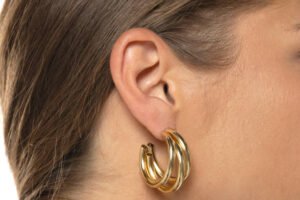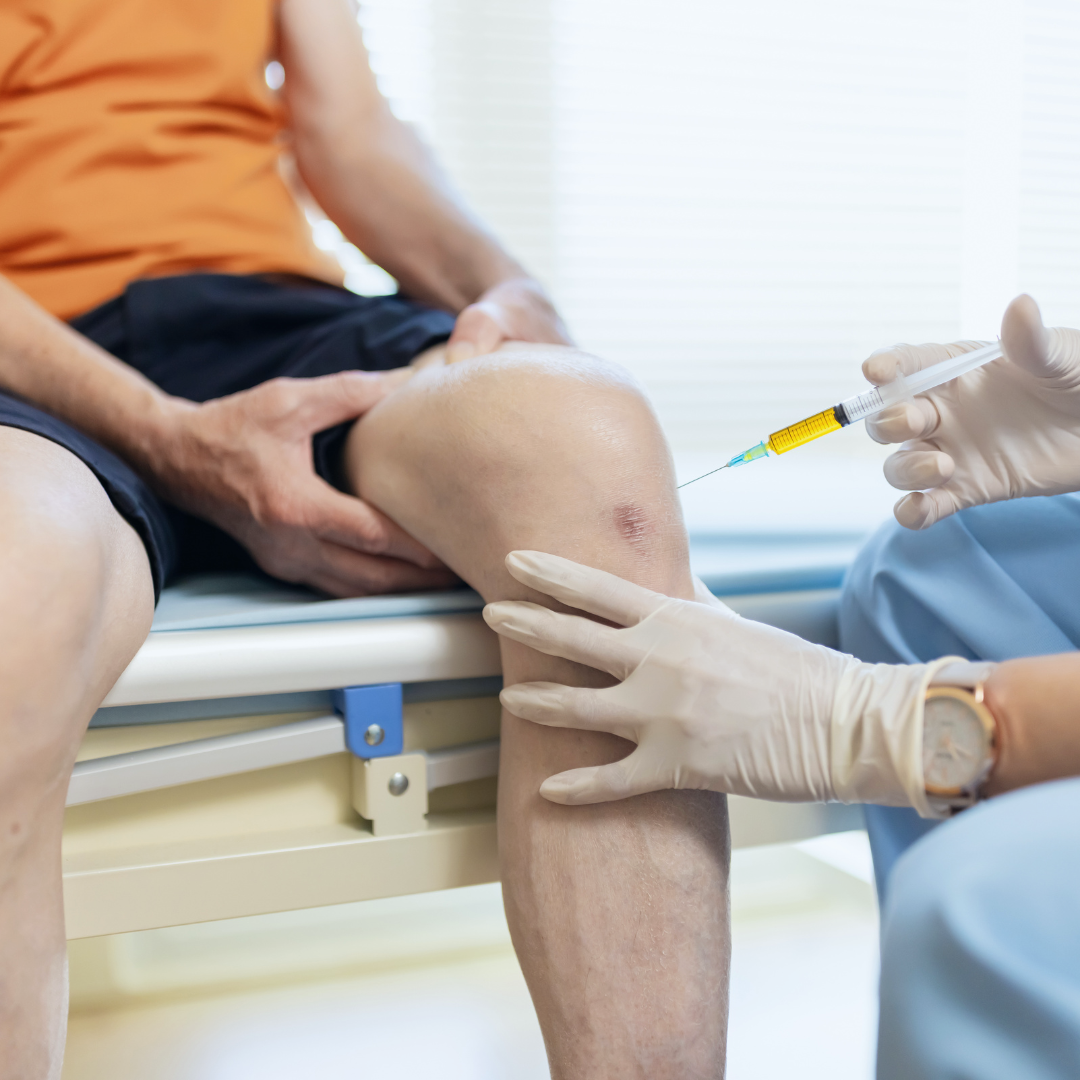Ear piercing in Abu Dhabi is one of the most popular body modifications around the world, and Abu Dhabi is no exception. Whether you’re considering your first ear piercing or you’re looking to add another to your collection, it’s essential to understand the process, types, and care involved. This comprehensive overview will guide Abu Dhabi residents through everything you need to know about ear piercing.
Understanding Ear Piercing
Ear piercing involves creating a small hole in the ear to insert jewelry, often for aesthetic or cultural reasons. While the most common type of ear piercing is located on the earlobe, many individuals choose to pierce other areas of the ear, such as the cartilage.
Ear piercings have been a part of human culture for thousands of years, with different civilizations using them for various purposes, including for adornment, spiritual beliefs, and status symbols. Today, ear piercing is a fashion statement and an expression of individuality for people of all ages.
Types of Ear Piercings
There are several types of ear piercings, each located at different points on the ear. Some of the most common types of ear piercings include:
Earlobe Piercing
The earlobe is the soft, fleshy part of the ear that is easiest to pierce. This is the most traditional and common type of ear piercing and is often chosen by first-time pierces.
Cartilage Piercing
Cartilage piercings are placed in the harder, upper part of the ear. The most popular cartilage piercings are the helix (the upper edge of the ear) and the tragus (the small prominence at the front of the ear). These piercings tend to take longer to heal than earlobe piercings.

Rook Piercing
Located in the fold of cartilage just above the tragus, the rook piercing is a unique and fashionable choice for those seeking something different from the typical ear piercings.
Daith Piercing
The daith piercing is situated in the innermost cartilage fold of the ear, and while it is a striking and bold choice, it may also be associated with potential therapeutic benefits for some individuals.
Industrial Piercing
An industrial piercing is a more complex type, involving two holes connected by a single barbell. This piercing is typically placed across the upper ear, providing a striking look.
The Piercing Process
The ear piercing process generally follows a few simple steps, whether you’re opting for a lobe, cartilage, or more advanced piercing. Here’s an overview of the procedure:
- Consultation: Before your piercing, a professional piercer will consult with you to discuss your preferences, the placement of the piercing, and any potential risks. This consultation will also involve ensuring you are comfortable and prepared for the process.
- Cleaning and Sterilization: Both the ear and the tools used for piercing will be thoroughly cleaned and sterilized to reduce the risk of infection.
- Marking the Piercing Spot: The piercer will mark the area on your ear where the hole will be created to ensure accurate placement.
- Piercing: Once you’re ready, the piercer will use a sterilized needle to make the hole in the ear. The jewelry will be carefully inserted into the newly created hole.
- Aftercare Instructions: After the piercing is completed, the piercer will provide detailed instructions on how to care for your new piercing to promote proper healing and avoid complications.
Healing Time and Aftercare
Healing times for ear piercings vary depending on the location of the piercing. Earlobe piercings typically heal within 6 to 8 weeks, while cartilage piercings may take anywhere from 3 to 12 months to fully heal.
Proper aftercare is crucial for the healing process. The following tips can help ensure your piercing heals properly:
- Clean your piercing regularly: Use saline solution or a recommended piercing cleanser to clean the area daily. Avoid using alcohol or hydrogen peroxide, as they can be too harsh and delay healing.
- Avoid touching the piercing: Clean your hands before touching your new piercing, and avoid unnecessary handling to prevent bacteria from transferring to the piercing site.
- Be mindful of clothing and accessories: Avoid sleeping on your new piercing and protect it from irritation caused by tight clothing or accessories.
- Avoid swimming in pools or hot tubs: Pools and hot tubs can introduce bacteria, which increases the risk of infection.
Choosing Jewelry for Your Ear Piercing
Once your piercing has healed, you can experiment with various types of jewelry to personalize your look. Popular choices include studs, hoops, barbells, and rings. When selecting jewelry, make sure it is made from hypoallergenic materials, such as titanium, niobium, or surgical steel, to reduce the risk of irritation and allergic reactions.
Pain and Discomfort During Piercing
While the thought of piercing your ear may cause some apprehension, the process is typically quick and involves minimal discomfort. Many people report only a slight pinch or pressure when the needle is inserted. For cartilage piercings, the pain may be slightly more intense, but it is still manageable.
It’s important to remember that everyone’s pain tolerance is different, and the level of discomfort varies depending on the area being pierced and individual sensitivity.
Popular Trends in Ear Piercing
In recent years, ear piercing has evolved into a trendy and fashionable form of self-expression. Many people choose to get multiple piercings in both ears, creating stylish ear stacks or curated looks. Mixing and matching different styles of earrings, such as studs, hoops, and cuffs, has become a popular trend among individuals in Abu Dhabi. Additionally, cartilage piercings have seen a surge in popularity, with many people opting for unique and creative placements.
The Cultural Significance of Ear Piercing in Abu Dhabi
In Abu Dhabi, ear piercing holds cultural significance in various communities. For some, it is a rite of passage or a symbol of identity. Additionally, ear piercings are often seen as a tradition passed down through generations, with different styles and types of jewelry representing different customs and values.
In addition to the cultural aspect, ear piercing in Abu Dhabi is also influenced by modern fashion trends and the desire to stand out. Whether it’s a single stud or an elaborate cartilage arrangement, ear piercing has become a fashionable statement for many residents.
FAQs about Ear Piercing in Abu Dhabi
What is the best time to get an ear piercing?
The best time to get an ear piercing is when you are mentally and physically prepared. Make sure you’re not under stress, and consider the season, as you may want to avoid healing piercings during hot and humid weather.
Can I pierce my ear at home?
It is not recommended to pierce your ear at home. Professional piercing studios have the proper tools, sterilization methods, and expertise to perform the procedure safely.
Can I change the jewelry right after getting my piercing?
It is important to wait until the piercing has fully healed before changing the jewelry. Prematurely switching out jewelry can increase the risk of infection and irritation.
Are there any special considerations for cartilage piercings?
Cartilage piercings require additional care due to the slower healing time. Be patient, and avoid putting pressure on the piercing by sleeping on it or wearing tight headgear.
How can I prevent infection after an ear piercing?
To prevent infection, follow the aftercare instructions carefully, clean the piercing regularly with a saline solution, and avoid touching the piercing with dirty hands. Avoid submerging the piercing in water, such as in pools or lakes, during the healing process.



